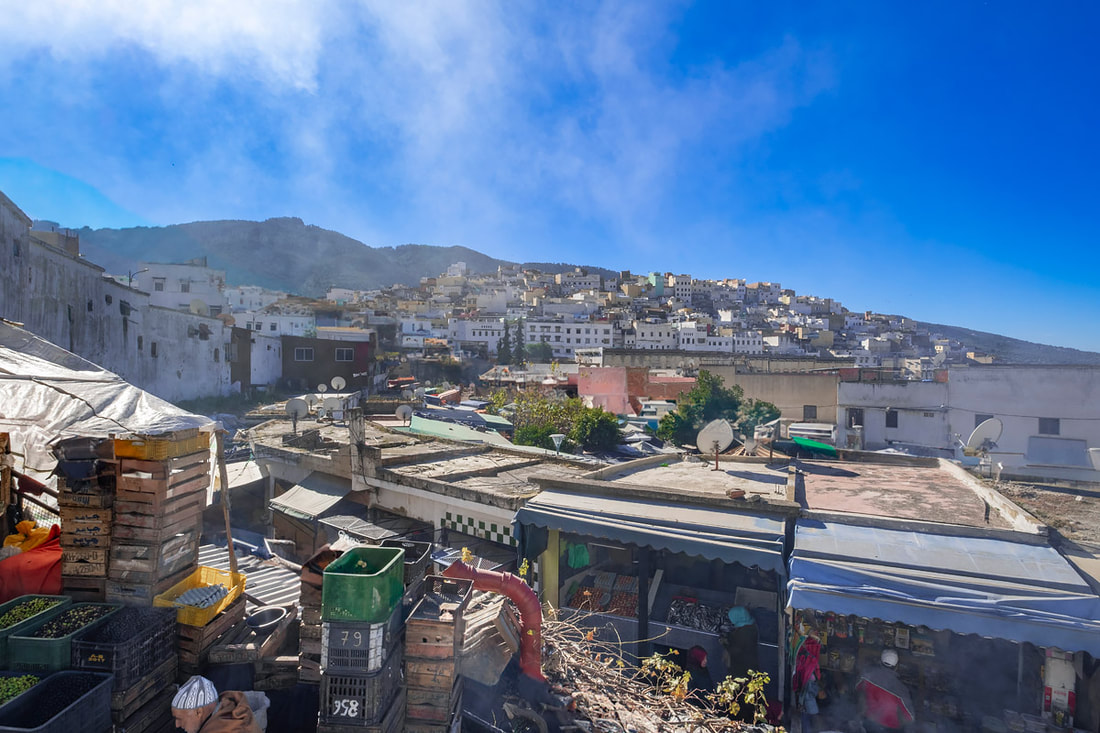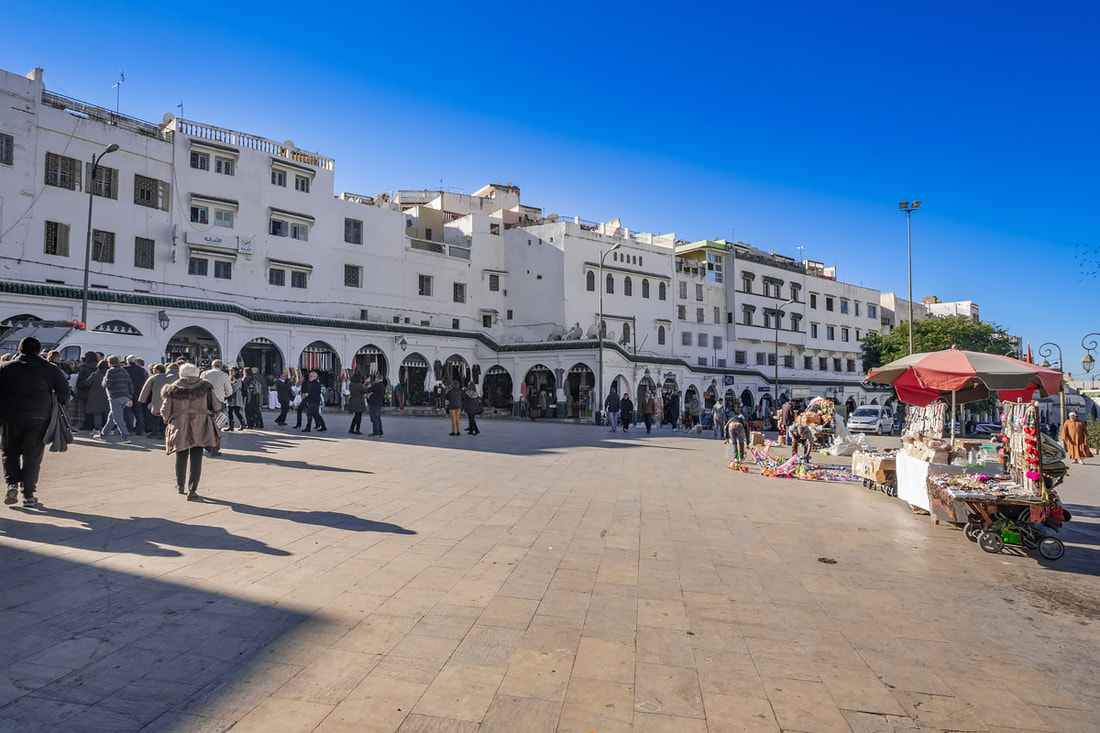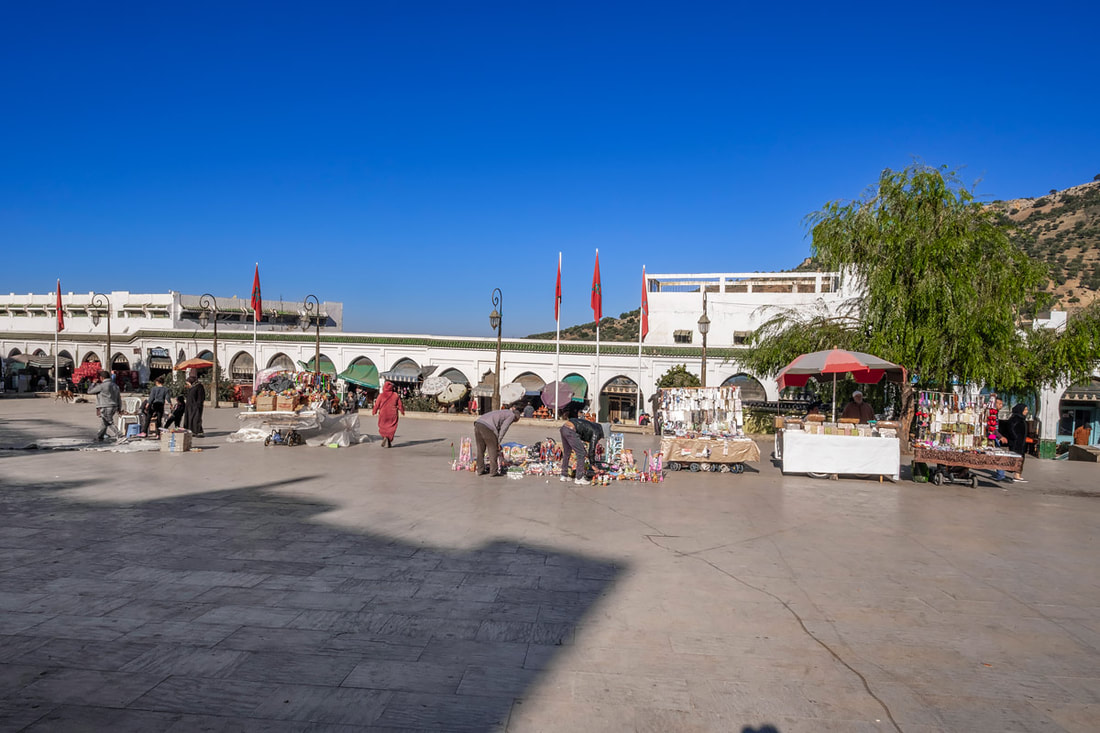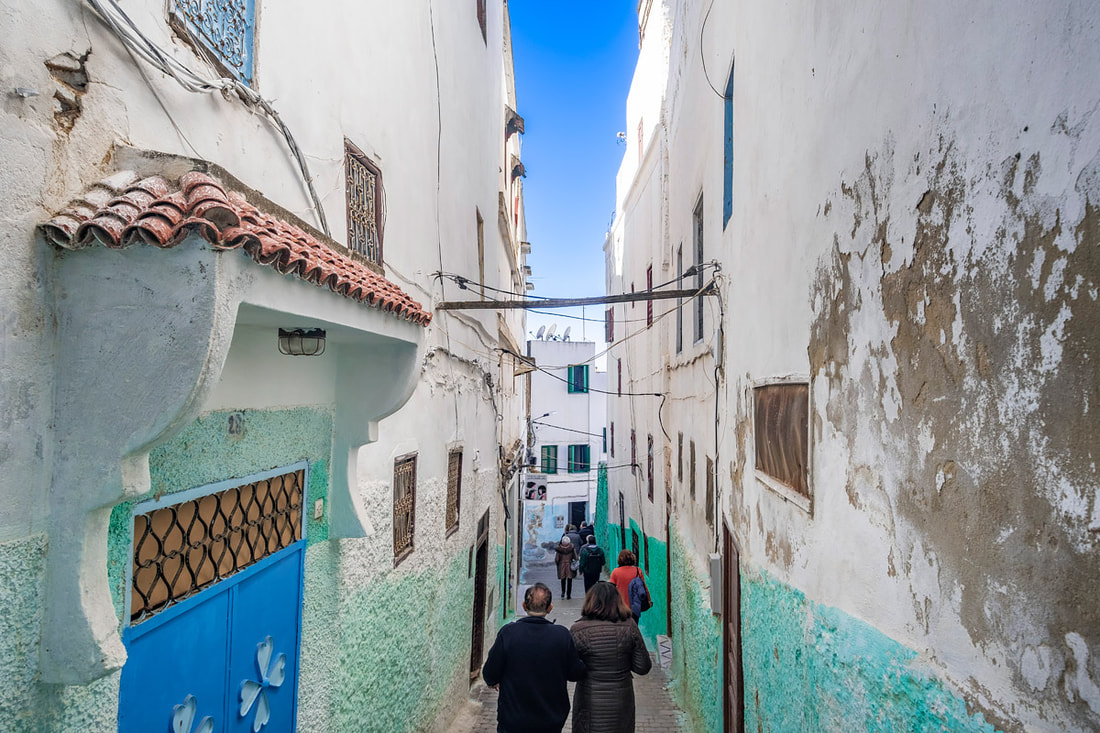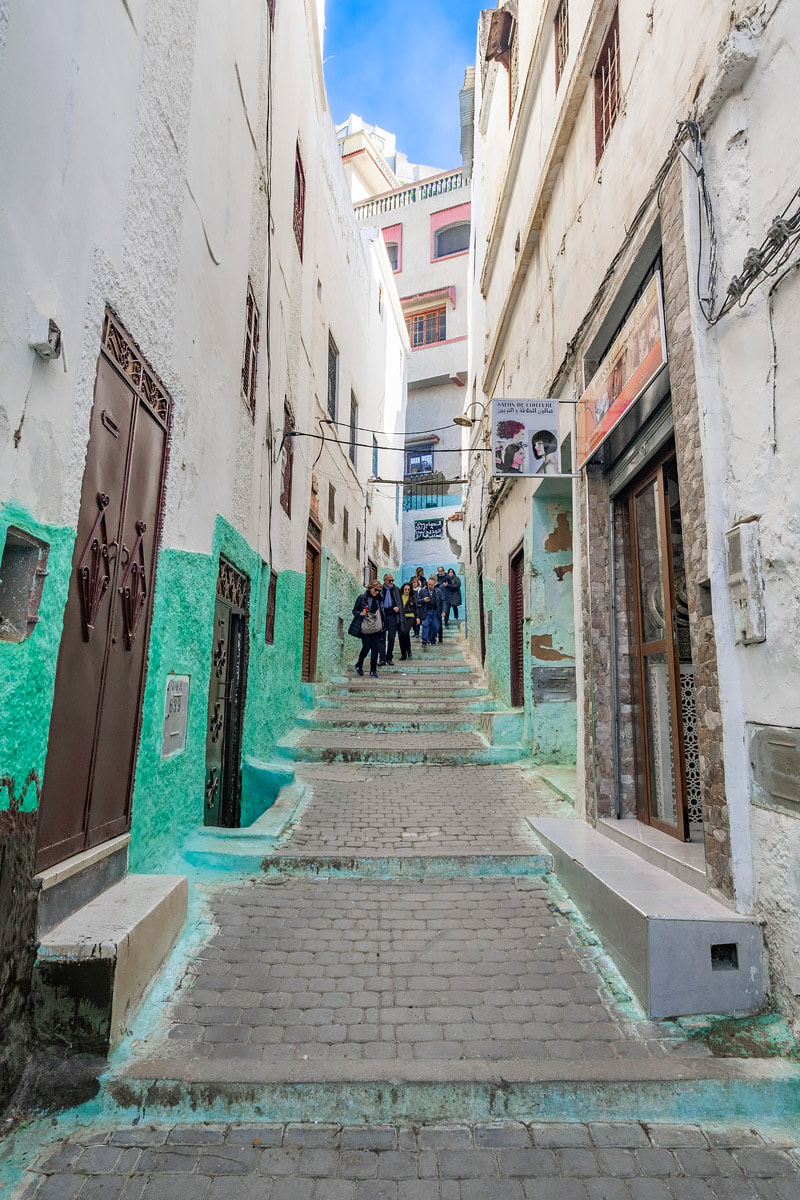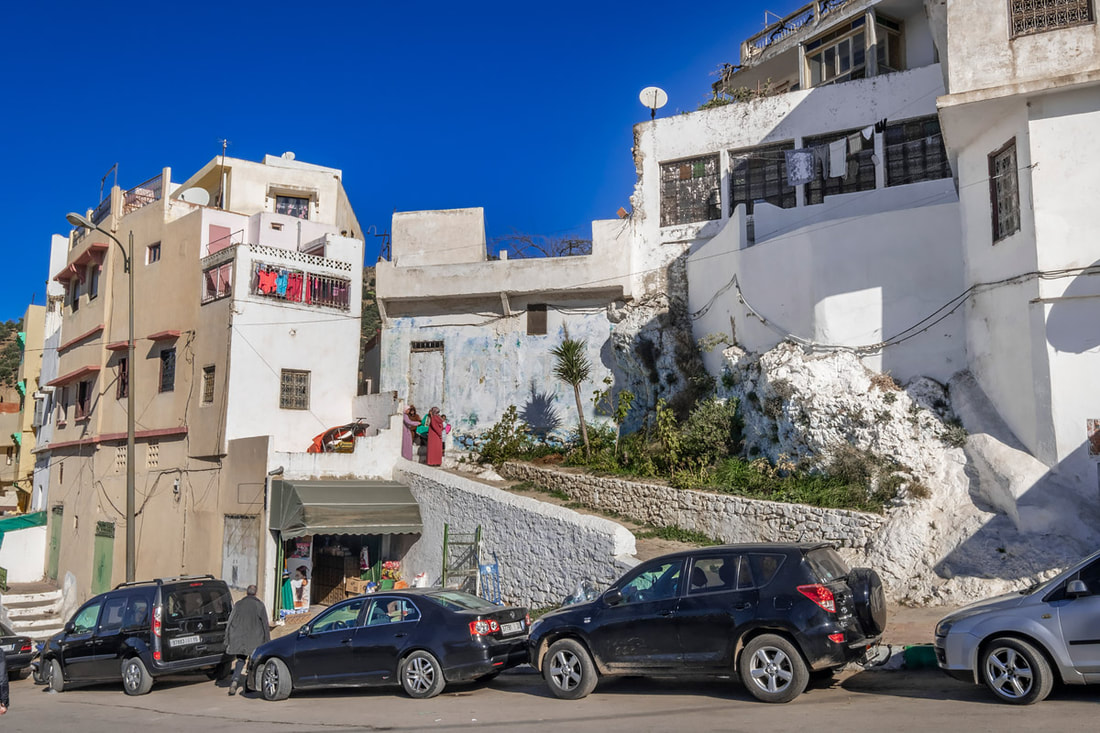By Antonio MalaraMoulay Idriss was the sixth stop on the trip I took to Morocco in January 2019 together with my sister and a group. In reality, the visit to this small city was not planned but our guide cleverly managed to include it during one of our trips from one city to another. To tell the truth, the additional visit that day was Volubilis during our trip from Fès to Meknès but on the same day he made sure to stop in Moulay Idriss. What was very evocative was our guide's story which served as a backdrop to the hilly scenery that accompanied us to our destination. Previously the guide had explained to us the principle of the Medina or that to be such, a Medina had to have three fundamental things; a mosque, an oven and a fountain. During the trip to Moulay Idriss he explained to us that one of the fundamental requirements that a person had to have to become a Muslim was that he had to visit Mecca at least once. Since the journey to the holy city was not a simple thing and many people, especially young people, did not have the possibility to face such expenses, some holy cities were established which had the same religious value as Mecca; Moulay Idriss was one of them. In addition to this, the city was important because Moulay Idriss was buried there, who according to tradition was the one who brought Islam to that area and founded the city, however it was not possible to see his tomb for non-Muslims. Our visit therefore had a symbolic value and respect for Islam but in reality there were no other reasons to visit Moulay Idriss from an aesthetic-cultural point of view. The city extended on a hill, we reached it by taking a road that started from the valley. I remember that we crossed a street where the shops had a bazaar style, with the usual Arab-style human traffic that I like so much. After crossing a square characterized by a building which had an infinite series of arches on the ground floor, we began to go up towards the Mausoleum. This place was the main destination there and the most important place of worship. We could see it from a long corridor that ended at the entrance of the place; a white structure with a green roof with a square minaret that remained on the left. It was a symbolic visit and in fact we only stayed there a few minutes but during our descent we were able to appreciate interesting parts of the city. In fact, the place was characterized by very narrow streets that the locals had skillfully painted and artfully decorated. Another singular thing I noticed there were the donkeys, used as they were done in the past; as a means of transporting goods. I saw several of them along the way, including the last one which was more characteristic because it was surrounded by a more rural environment. The visit to Moulay Idriss was very short but significant, personally it helped me learn another side of Islam that I didn't know and the dedication of a people who, compared to the Western one, truly respect the sacred doctrines. For me, who mainly loves pure aesthetics rather than symbolic things, Moulay Idriss was a small lesson and in general the visit gave me a positive feeling. Our visit there ended with the frenzy of some of the group who wanted to buy the famous dish where the tajin was served, however they were torn by the fact that they didn't know where to put it in their suitcase. In fact, Moulay Idriss was also famous for being a place where you could buy this characteristic accessory. Pictures: Antonio Malara
Camera: Fujifilm XT-3
0 Comments
Leave a Reply. |
